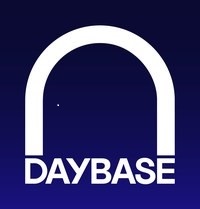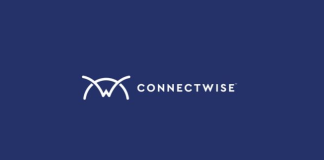With companies scrambling to create an ideal hybrid workplace solution, a team of former WeWork executives is introducing Daybase, a new approach to fill the gap between the office and home.
“Historically, companies and employees have been limited to the imperfect choice between working from a centralized corporate office or co-working space, and working from home,” said Daybase CEO Joel Steinhaus. “But the pandemic has created a demand for a seamless hybrid work experience.”
Throughout the pandemic, the Daybase team has been engaging with business leaders and individual workers on the pain points of working from home, and the challenges they face in implementing a hybrid work model. Only 11 percent of business leaders are planning to return to their pre-pandemic work arrangements, according to the National Association for Business Economics.
“People want their homes back, and they want to see their colleagues again, but they don’t want the long daily commute and monotonous routine that a full-time return to the old office entails,” said Daybase COO Doug Chambers. “This is where Daybase comes in.”
Daybase’s model for the hybrid workplace centers on building out a network of professional-grade, on-demand work spots, built close to home in neighborhoods and local communities across the country. When combined with the office and home, these Daybases form a complete hybrid work ecosystem.
Increasing data have demonstrated the increasing demand for a new hybrid workplace model. After more than a year at home, a recent Harvard Business School study reveals that 81 percent of people aren’t ready to go back to the pre-pandemic way of working. Further, more than 70 percent say they want a hybrid mix of office and remote work, according to a survey conducted by Slack in September.
Turning this vision for a new hybrid model into a reality is a multi-disciplinary group of former WeWork executives and seasoned professionals. Their backgrounds across enterprise workplace solutions, design, architecture, technology, construction, finance and real estate, equip them to help solve the post-pandemic workplace challenges.









